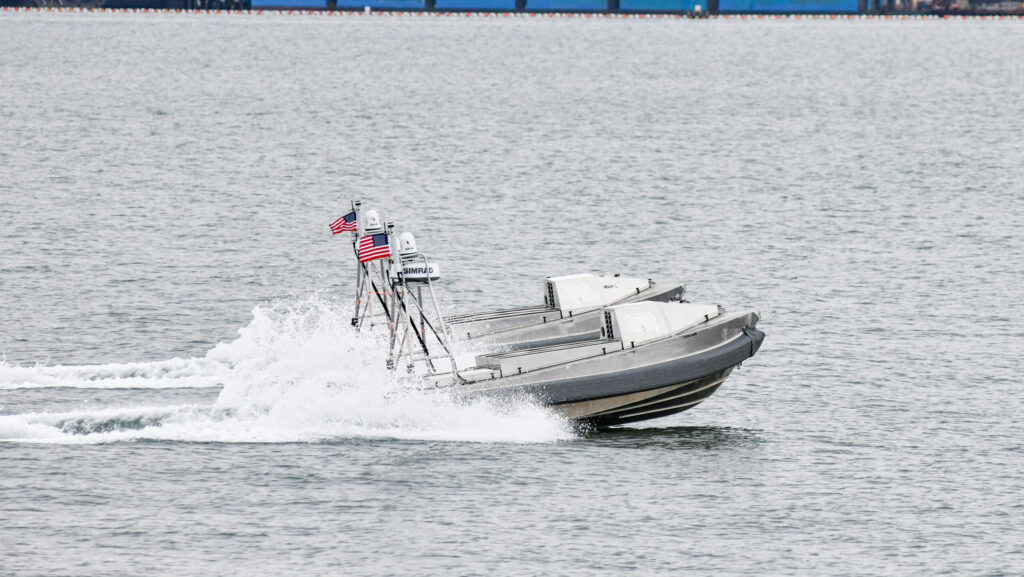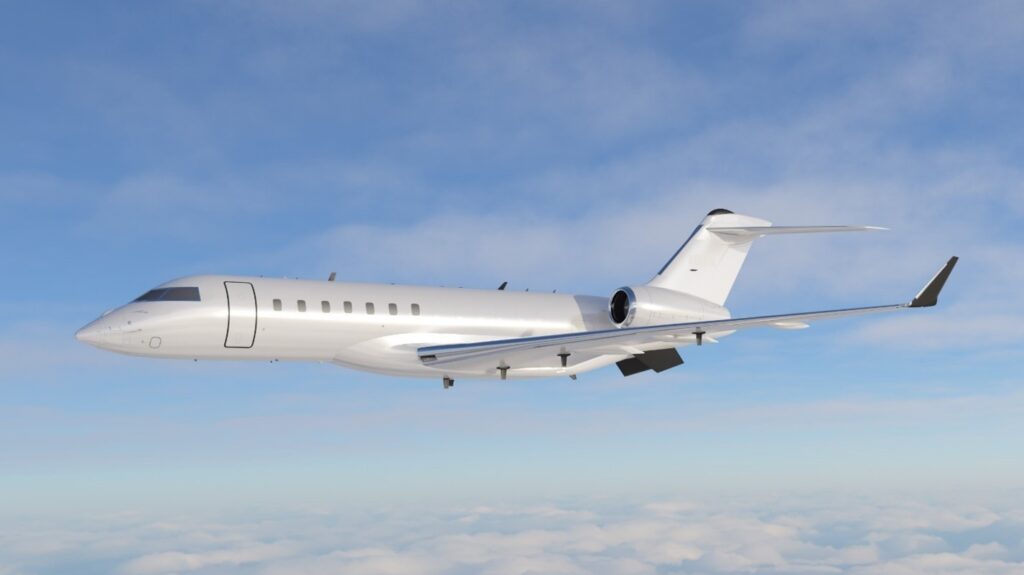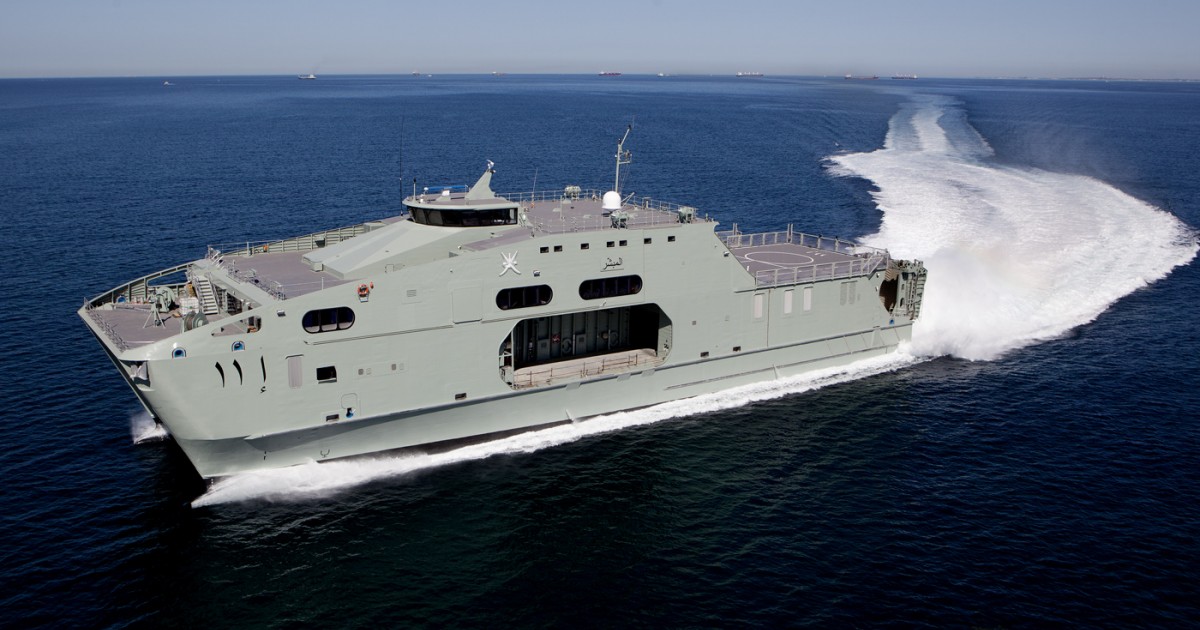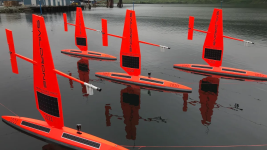- Reaction score
- 8,298
- Points
- 1,160

EXCLUSIVE: Pentagon reveals 5 more funded RDER projects, including a top Marine priority - Breaking Defense
The Rapid Defense Experimentation Reserve, brainchild of Pentagon CTO Heidi Shyu, has funded low-profile but high-value niche technologies the services couldn’t or wouldn’t, from robot boats to a multi-domain targeting node.
High-Altitude Balloons - to carry surveillance gear and/or communications relays high into the air, above the reach of conventional anti-aircraft weapons.
Family of Integrated Targeting Cells - to combine traditionally distinct staff functions – specifically “operations, intelligence, and fires” – in a single command center, improving coordination of long-range firepower not just for the Marines but across the services
Global Autonomous Reconnaissance Craft - a small unmanned speedboat, about 16 feet long, now in service with a Navy Unmanned Surface Vessel Squadron out of Coronado, Calif. Shyu’s staff describes GARC a “low-cost, attritable platform” that can be configured for a wide variety of missions, such as intelligence, electronic warfare, and communications
MQ-9 enhancements - improved communications and sensing to meet “unique USMC [United States Marine Corps] needs.”
Global Thunder - “enhancements” to improve “communications resilience” on 4th generation fighters.
Octopus - a Navy system for “underwater communications.”
Maritime Targeting Cell – Afloat. - improved “communications resilience” and “accelerated fielding” for MTC, a Marine Corps project for “multi-domain fusion of national, theater, and tactical sensors.”
Comms work-arounds seem to be the order of the day. I would assume that this would include GPS denial work-arounds.















